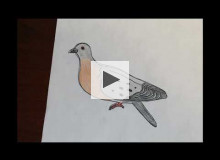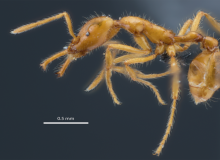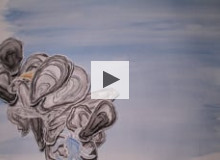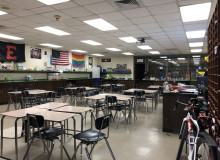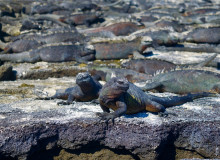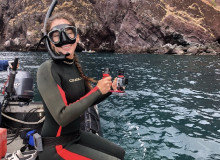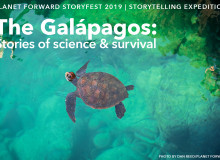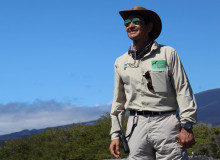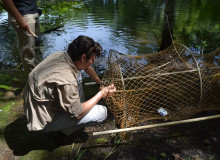biology
SUNY Environmental Science and Forestry
This is the story of the history of the passenger pigeon's extinction, their ecological importance, and the project that is working to restore them.
George Washington University
Scientists describing a new species of ant, Strumigenys ayersthey, have broken with conventional naming traditions and used the pronoun “they” instead of the traditional male or female form to promote nonbinary gender inclusivity.
The George Washington University
Eastern oysters are one of the most iconic species living in the Chesapeake Bay, providing benefits to the Bay’s ecosystem and economy. But unfortunately, eastern oysters are in trouble. Lets take a closer look at how scientists at the George... Read More
Climate change is simply scientific fact for Illinois school districts regardless of political party
Planet Forward Correspondent | Northwestern University
“It's just a statement,” teacher Anna Kraftson said of climate change. “There's data. It's not like ‘I believe in this’ or ‘I don't believe in this.’"
Planet Forward Senior Correspondent | Reed College
Next in our Galápagos series, Vicki Deng marvels at the opportunity Planet Forward storytellers had to stand where Darwin stood — and witness the inspiration to his revolutionary theory of evolution.
George Washington University
In the second story of our Galápagos series, Corinne Tarantino takes a look at why biologists study in the field. Come hear Gianna Haro's motivation to study biology, starting with her childhood in the Galápagos.
Planet Forward
The Planet Forward Storyfest 2019 winners traveled with Planet Forward and Lindblad Expeditions for an expedition to the legendary and unique ecosystems of the Galápagos Islands in August 2019, and reported on the unparalleled stories found there.
Planet Forward Senior Correspondent | University of Wisconsin-Madison
In the first story of our series from our Storyfest 2019 expedition to the Galápagos, Peter Jurich examines an atypical invasive species: Goats. They were brought to the islands in the 1700s, and it took hundreds of years to eradicate them.
Planet Forward Correspondent | Sewanee: The University of the South
The coordinator for the Sewanee Headwaters Initiative, Kevin Fouts, shares insights about the connection between water management practices and their impacts.
Planet Forward Senior Correspondent | American University
The beloved Atlantic Puffin is a symbol of conservation success. After the birds disappeared from islands along the coast of Maine, victims of feather hunters, biologist Stephen Kress restarted colonies using innovative techniques.

